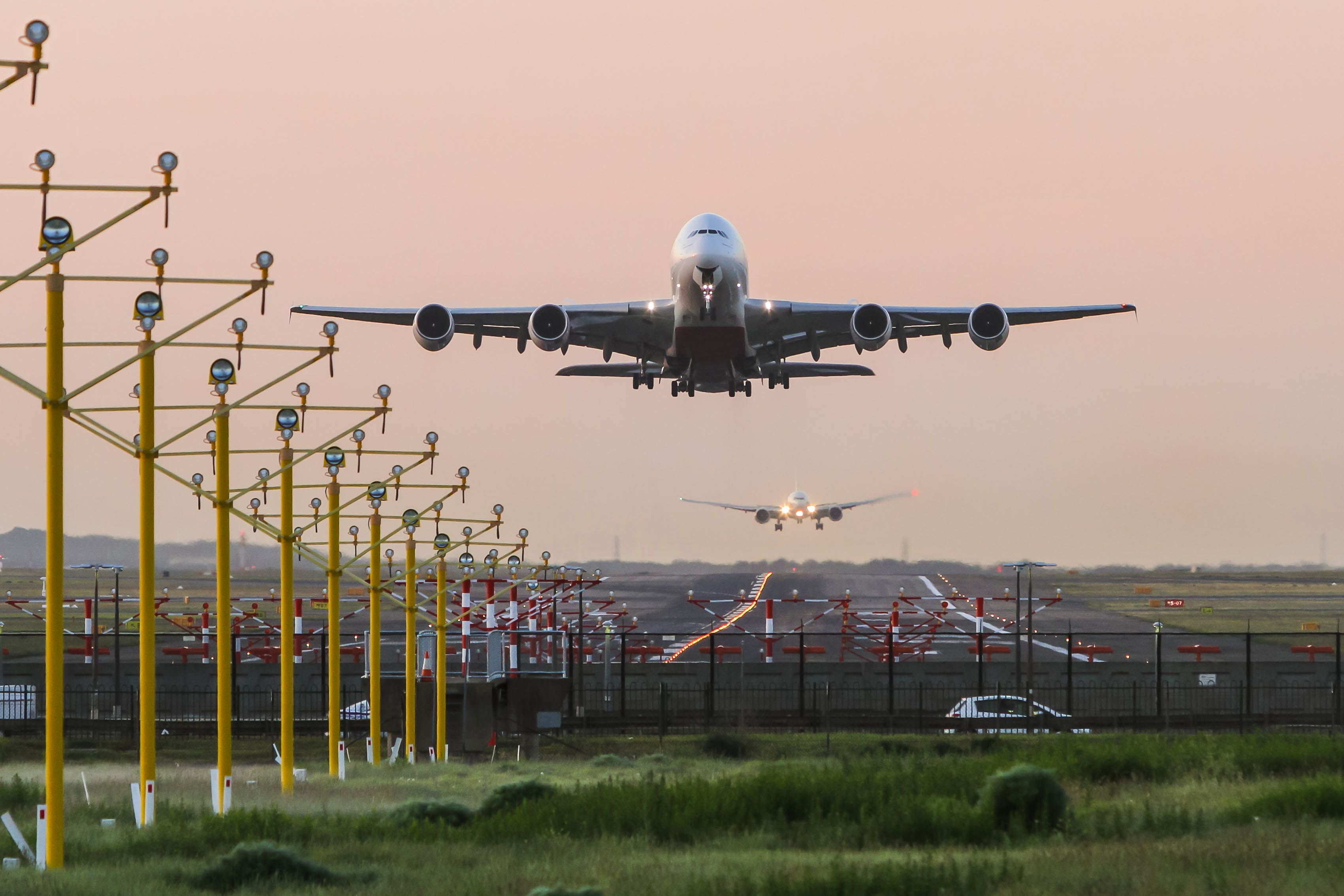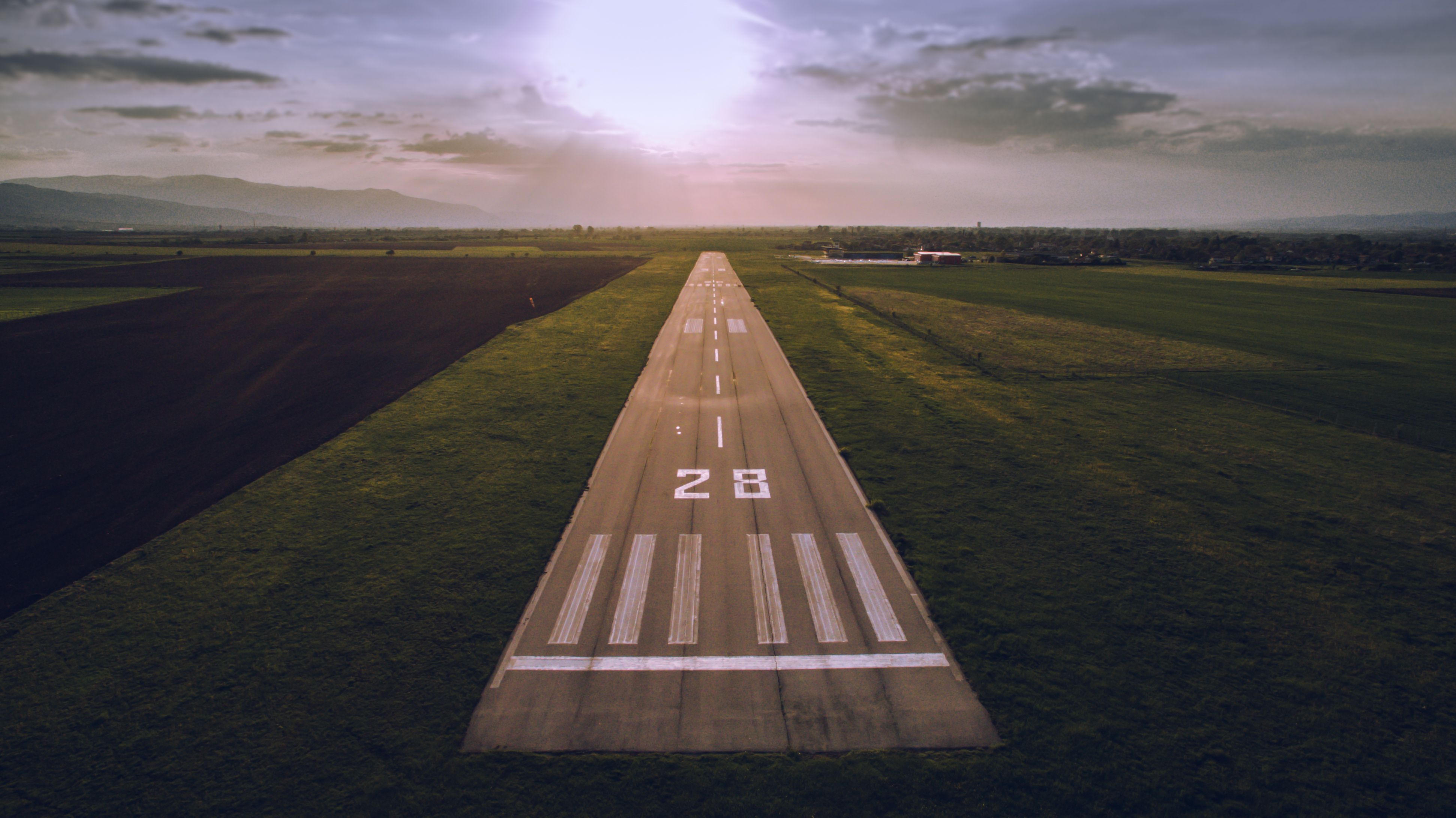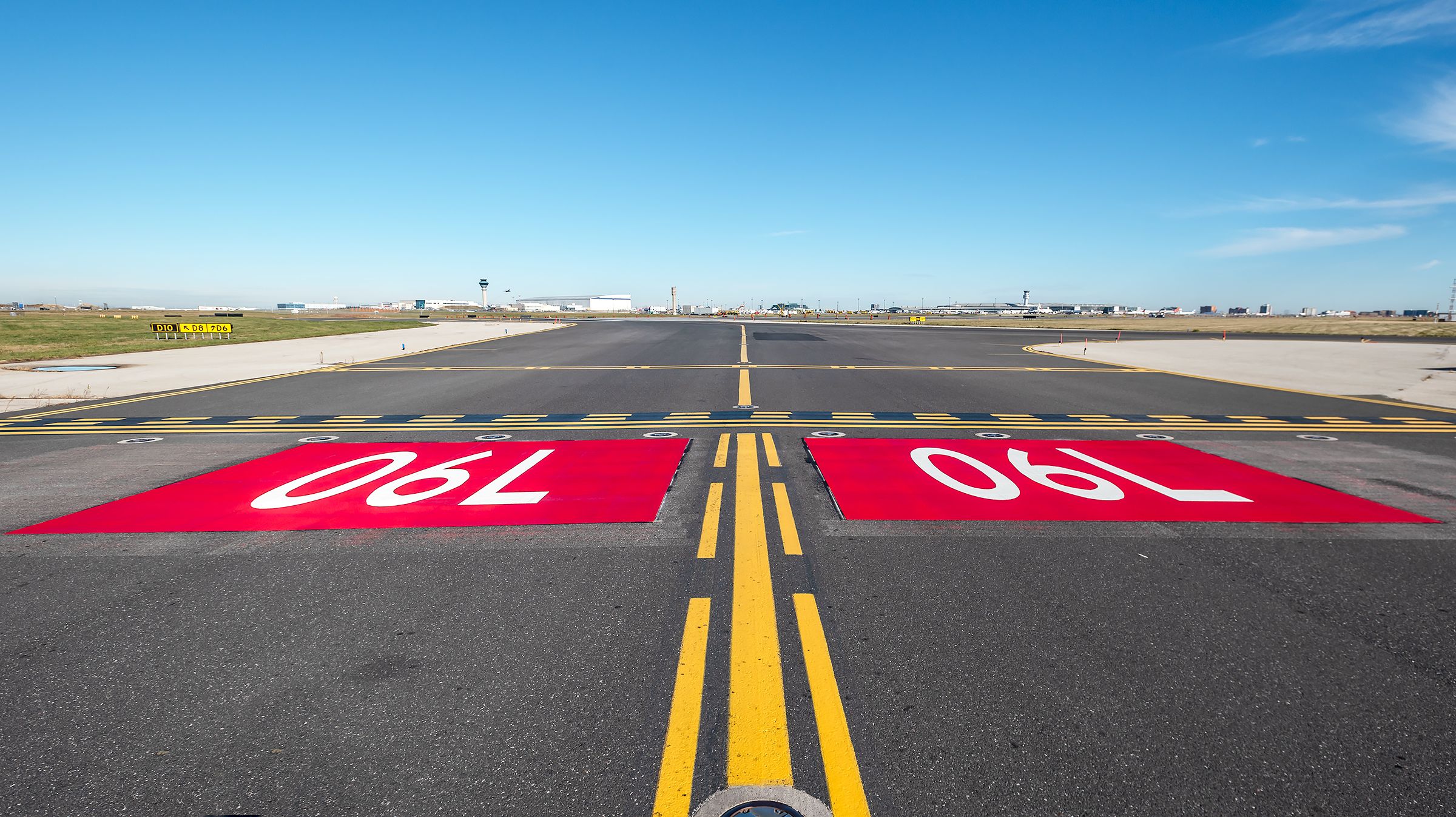At times, the dimensions of runways appear uniform, with the same width and length. However, this conception is far from the truth. Runways are built in different sizes, depending on the type of aircraft the airport intends to accommodate.
The bigger the planes, the wider the runways. So, the width of a runway may differ, but is there a standard minimum requirement? Let's explore to find out.
The importance of runway width
Although length is usually the primary focus when discussing runways, the importance of width is often overlooked.
Even if the pilot is highly skilled, it is essential to assess the runway's length and ascertain the width to ensure a smooth and successful landing. It is handy to be aware of the width of the runway due to potential runway illusions and crosswind conditions.
For example, if the runway is wider than the pilot is used to, it is possible to have a distorted sense of altitude, leading a pilot to believe that they are flying lower than he actually is.Meanwhile, a narrower-than-usual runway can create an illusion that the aircraft is higher than it actually is, leading to a lower approach.
It is important to know the width of the runway when planning to land, as a strong crosswind combined with a narrow runway can make the landing difficult.
How to determine runway width?
Runways have different approach categories based on width and universal threshold markings indicating the actual width. Therefore, the width of a runway is indicated by the number of stripes painted on it, commonly known as piano keys.
According to the US Federal Aviation Administration (FAA), a runway with four stripes is 60 feet (18 meters) wide, a runway with six stripes is 75 feet (23 meters) wide, a runway with eight stripes is 100 feet (30 meters) wide, a runway with 12 stripes is 150 feet (45 meters) wide, and a runway with 16 stripes is 200 feet (60 meters) wide.
Minimum runway width for larger commercial jets
Most general aviation aircraft have no limitations on runway width. The same is valid for some commercial aircraft. However, in commercial aviation, operating handbooks and manuals for larger commercial aircraft often require a minimum runway width for insurance and operator standards.
The International Civil Aviation Organization (ICAO) assigns each airport an Aerodrome Reference Code, which signifies the size of aircraft that can land there. The reference code allocated to an airport is usually based on the runways and taxiways system of the particular airport.
Smaller runways and taxiways will only be able to accommodate smaller aircraft, such as the Airbus A320 or the Boeing 737. In comparison, bigger runways and taxiways can accommodate bigger and heavier passenger aircraft, such as the Airbus A380 or the Boeing 747.
It is worth noting that the code consists of two components, a number and a letter. The number represents the aerodrome reference field length, while the letter shows the aircraft's wingspan and outer gear wheel span.
Airbus data indicates their jets can land at airports with reference codes 3C, 4C, 4D, 4E and 4F. As an example, the airport reference code 4F shows that the airport has runways of a width of over 60 meters and a length of over 1,800 meters.
Airports with the 4F code are recognized as first-tier hubs, with notable examples being London Heathrow Airport (LHR) and Hong Kong International Airport (HKG).
Meanwhile, airports with reference code 3C have runways of a width of over 24 meters and a length of over 1,200 meters. Such airports can accommodate narrowbody aircraft, including the Airbus A220, Airbus A319, or Airbus A320neo.
Want answers to more key questions in aviation? Check out the rest of our guides here.
Bottom line
The width of runways is a significant factor for a successful landing. While general aviation aircraft have no limitations on runway width as they can land on most of them, larger commercial jets require a minimum runway width based on the reference code allocated to the airport.
The airport reference code is determined by the size of the aircraft the airport intends to accommodate and the width and length of the runways and taxiways system of the particular airport.
Source: Airbus



